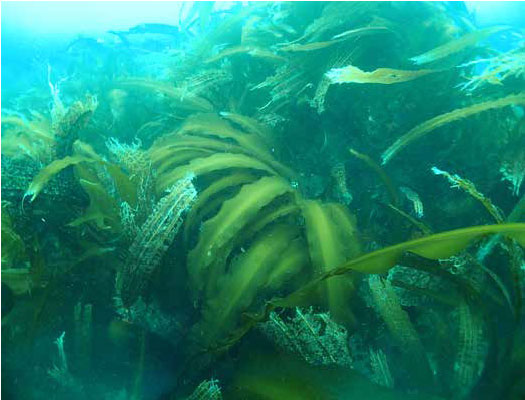
Origin of word “kombu”
“Kombu” is now deeply rooted in Japanese food culture as the flavor of Japan; however, its history is so ancient that no certain records are left. It's said that people who came to Japan by ship from the Gangnam region of China at the end of the Jomon period used kelp for food, for trade with the continent, or as a gift to the ruler.
The origin of the word "kombu" isn't clear, but it's said that the Ainu people called it “komp,” and then the word entered China, and was re-imported back into Japan as a foreign word.
Kombu road
Kombu road
The “Shoku-nihongi” states: It was donated from the Ezo (present Hokkaido) area to the Imperial Palace.
Middle Kamakura Period
Ships for trading kombu started coming and going.
At that time kombu was so precious that no commoner could buy it.
Edo period
Trading via Kitamaebune ships became common.
It spread to Fukui, Kyoto, Osaka, and Kyushu and Okinawa, and many dishes and eating styles unique to many areas arose.
Taken from: “Fish in Hokkaido” by Gyoren, Japan Kombu Association

From harvest to shipment of kombu
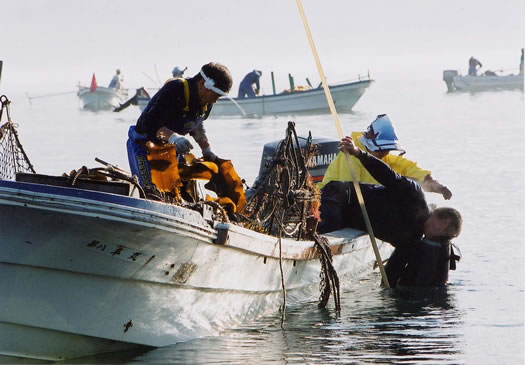
1. Harvest
The kombu harvest starts in May in the areas where it is ready earliest and continues until mid-September. Harvesters go harvesting in small one-or-two person boats at sunrise, and wind the roots of the kelp onto a long-handled hook or "torsion rod," for collecting deep-sea kelp.
2. Drying
Unloaded kombu from the ship is carried to a place with a stony surface called a “kanba” and spread out there and dried in the sun. There are also places where kelp is dried in drying rooms and places with traditional sun drying finish.
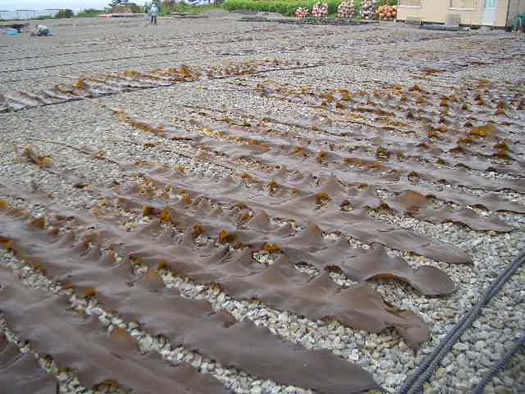
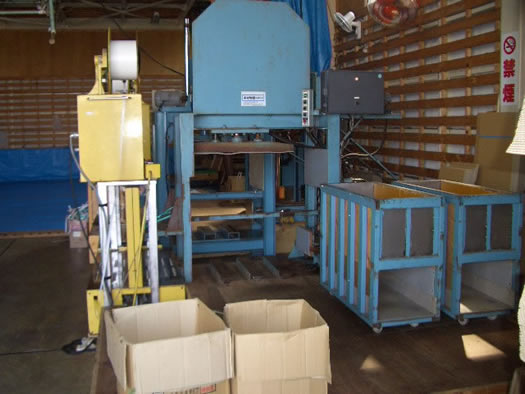
3. Selection and inspection
Dried kombu is formed depending on the type, such as by cutting to the prescribed length, or folded. Then, it is selected by the standards on each of the respective coasts and shipped after inspection.
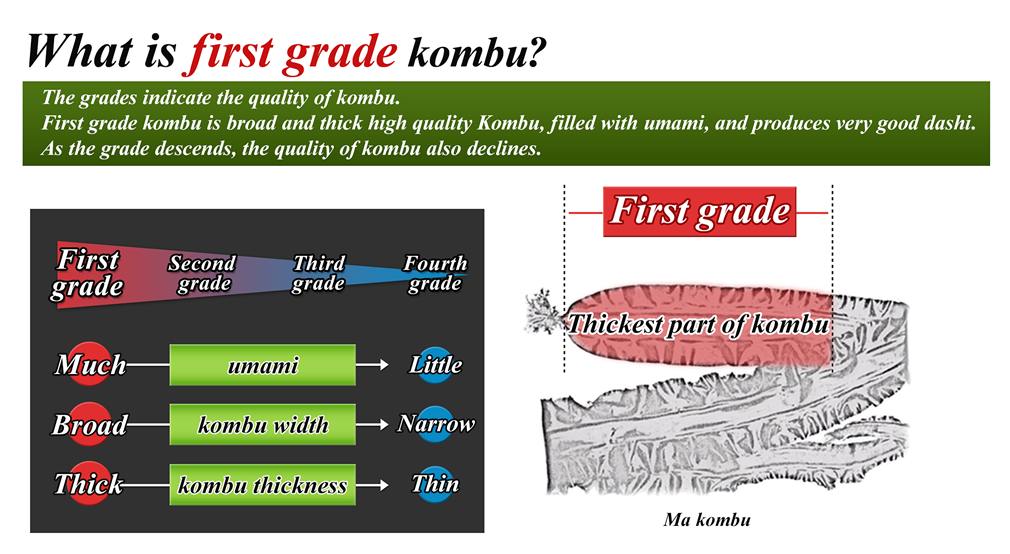
Kombu aquaculture/natural
There are both natural kelp and cultured kelp for kombu for dashi. Please choose according to the purpose of the dish and your taste.
| Natural |
Way of growing As in the word itself, this kind of kombu is naturally grown on the sea bottom. We harvest two-year old kombu. Depending on the status of the weather or sea bottom, there are years of good harvests and poor, and prices change relatively frequently.Characteristics In forced culturing, we set ropes with young kombu buds attached near the sea bottom, and harvest them after a year. We call this “culturing” but we do not use fertilizer or agricultural chemicals. Production volumes are stable and prices are also rather stable. |
|---|---|
| Cultured |
Way of growing As in the word itself, this kind of kombu is naturally grown on the sea bottom. We harvest two-year old kombu. Depending on the status of the weather or sea bottom, there are years of good harvests and poor, and prices change relatively frequently.Characteristics Fiber is rather soft. It grows faster due to having more sunlight and broader than natural kombu. In my opinion, the characteristics are of “rich and full bodied umami” |
| Forced culture |
Way of growing In forced culturing, we set ropes with young kombu buds attached near the sea bottom, and harvest them after a year. We call this “culturing” but we do not use fertilizer or agricultural chemicals. Production volumes are stable and prices are also rather stable.Characteristics Fiber is soft. It grows faster due to having more sunlight and broader than natural kombu, and darker than cultured kombu. In my opinion, the characteristics are of “rich and full-bodied umami. |
Types of kombu
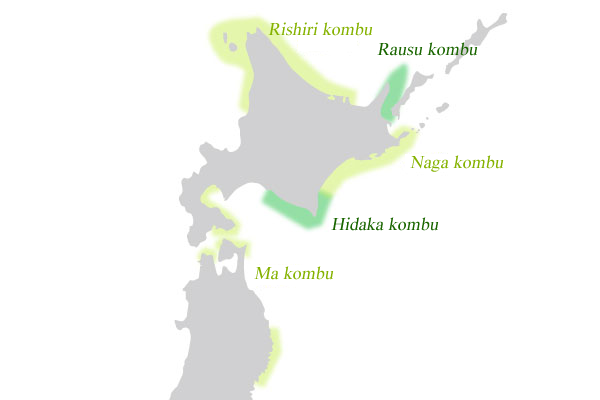
95% of kombu is produced in Hokkaido
Of the kombu harvest in FY2013, 95% was from Hokkaido. Although it is as well harvested in Aomori, Iwate, and part of Miyagi, most of the kombu we eat is grown in the cold currents of Hokkaido. Of the edible kombus, four types are good for dashi, that is, Ma kombu, Rausu kombu, Rishiri kombu, and Hidaka kombu.
In addition, there is also edible kelp such as "naga kombu" which is used for Tsukudani and kombu roll dishes, or "gagome kombu" which is very sticky and processed into Matsumae pickles or kombu natto.
| Hidaka kombu | 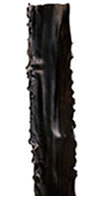 |
Also known as “Mitsuishi Kombu,” produced in the Hidaka (Pacific coast of Hokkaido) (Two-year culture, Natural)
Characteristics Greenish black color. Easily cooked.How to use Can be used both for food as is after simmering, or for making dashi (a characteristic of dashi is having a strong seaweed aroma and a dark-colored broth) |
|---|---|---|
| Ma kombu | 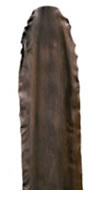 |
Kombu produced in the Donan (southern region of Hokkaido), called the highest grade of the various kombus. Especially popular in the Kansai region of Japan for making dashi (one-year cultured, two-year cultured, natural)
Characteristics Dark colored, thick, broad, cut surface is white or blackHow to use Used for making dashi (characteristics of dashi are clarity with refined sweetness) |
| Rausu kombu | 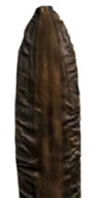 |
Highest grade Kombu, together with Ma kombu, produced in the northern part of Hokkaido.
(two-year culture, natural)
Characteristics Brown-dark color, and is also known as Rishiri-type Enagaoni kombu. As broad as 20-30 cm, and can sometimes be 1.5~3 meters in length.How to use Used for making dashi (characteristics of dashi are strong taste, with good aroma) |
| Naga kombu | 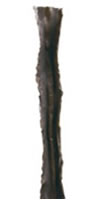 |
Kombu harvested earlier is called “Saomae kombu” and is popular as a faster cooking kombu. It cooks faster and is used for simmered dishes or rice, but is not used for making dashi. (natural only)
Characteristics Grayish blackHow to use Eaten after cooking. (kobumaki, tsukudani, oden) |
| Rishiri kombu | 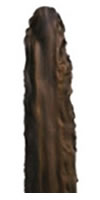 |
A high grade product that follows Ma kombu and Rausu kombu. (one-year culture, two-year culture, natural )
Characteristics Black brown, harder than Ma kombu, but rich in flavorHow to use Used for making dashi (an elegant aroma and a clear, salty broth) |



